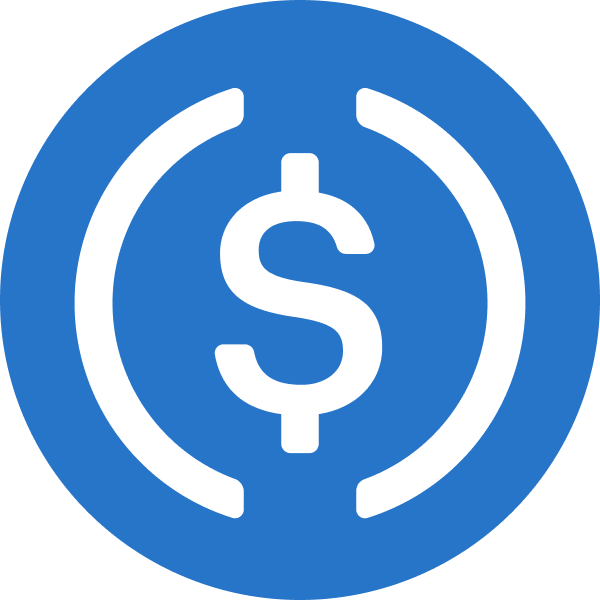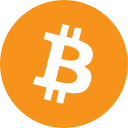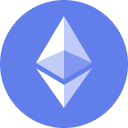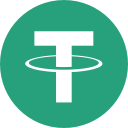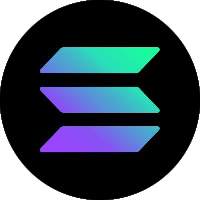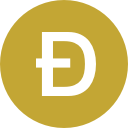
Mirror Protocol
MIR
Mirror Protocol kann nicht auf Coinbase Exchange gehandelt werden, wird aber auf Coinbase Wallet unterstützt.

Mirror Protocol mit Coinbase Wallet kaufen
Mirror Protocol kann mit Coinbase Wallet gehandelt werden – Ihr Schlüssel zur Krypto-Welt.
Mirror Protocol ist nur über Coinbase Wallet erhältlich. Assets in Coinbase Wallet werden nicht von Coinbase gehalten. Die Nutzung von Coinbase Wallet unterliegt diesen AGB.
Infos zu Mirror Protocol
Erhalten Sie bis zu 200 USD für Ihren Einstieg
Verdienen Sie nach Ihrem ersten Kauf kostenlos Krypto. Es gelten die AGB.

Summe der geschätzten durchschnittlichen Ersparnisse und Rewards in Coinbase-Programmen pro Nutzer im Jahr 2021 (ohne Gewinnspiele). Dieser Betrag enthält erlassene Gebühren von Coinbase One (ohne Abonnementkosten), Rewards von Coinbase Card und Staking-Rewards.
Markt
Nachrichten aus Deutschland über Mirror Protocol
Ähnliche Assets
Soziale Medien
Mirror Protocol-Rechner
Coinbase Bytes
Mirror Protocol verzeichnet diese Woche Kursverluste.
Der Preis von Mirror Protocol ist in der letzten Stunde um 0,31 % increased und in den letzten 24 Stunden um 1,32 % increased. Der Preis von Mirror Protocol ist in der vergangenen Woche um 8,17 % fallen. Der aktuelle Preis beträgt 0,0469 € pro MIR mit einem 24-Stunden-Handelsvolumen von 258.128,52 €. Derzeit notiert Mirror Protocol 99,61 % unter dem Allzeithoch von 11,95 €. Dieses Allzeithoch stellt den höchsten Preis dar, der seit dem Launch von Mirror Protocol je gezahlt wurde.
Die aktuelle Umlaufmenge von Mirror Protocol beträgt 77.742.679,932 MIR. Die Marktkapitalisierung von Mirror Protocol beläuft sich also insgesamt auf 77.742.679,932.
FAQ
Manche Inhalte wurden von Dritten erstellt, die nicht zu Coinbase oder einem seiner verbundenen Unternehmen gehören. Coinbase übernimmt für solche Inhalte keine Verantwortung. Coinbase ist nicht haftbar für Fehler oder Verzögerungen im Zusammenhang mit Inhalten oder für Handlungen, die unter Verwendung der Inhalte erfolgen. Die Informationen dienen ausschließlich Informationszwecken und stellen keine Anlageberatung dar. Dies ist keine Empfehlung, bestimmte digitale Assets zu kaufen oder zu verkaufen oder eine bestimmte Anlagestrategie zu wählen. Coinbase gibt keine Zusicherungen hinsichtlich der Richtigkeit, Eignung oder Gültigkeit der bereitgestellten Informationen oder hinsichtlich eines bestimmten Assets. Die angegebenen Preise dienen nur zur Veranschaulichung. Die tatsächlichen Kryptowährungspreise und damit die verbundenen Statistiken können variieren. Die angegebenen Daten beziehen sich auf Währungen, die auf der Handelsplattform von Coinbase und ausgewählten anderen Handelsplattformen für Kryptowährungen gehandelt werden.














